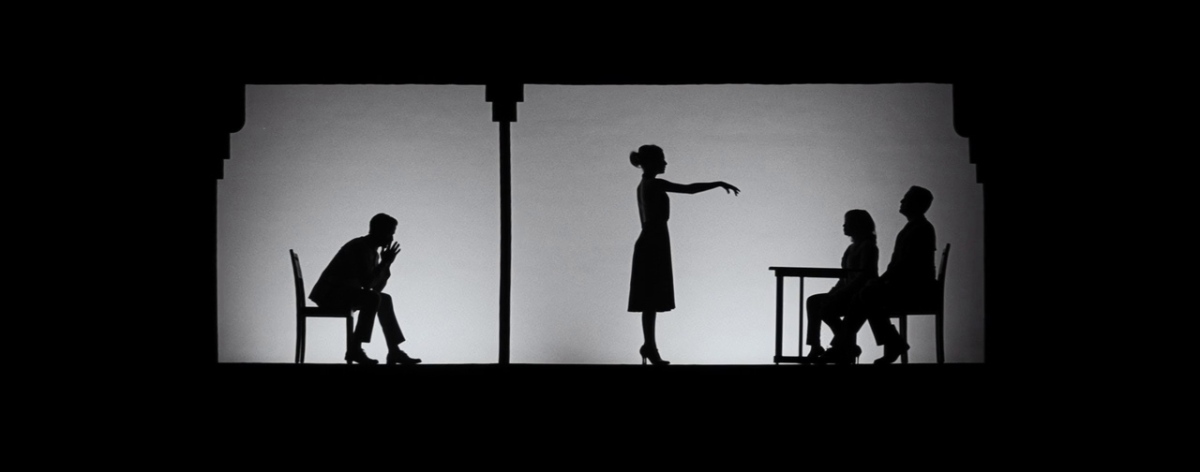Context
La La Land is the second film by director Damien Chazelle, the first being Whiplash (2014) which was made to get a bigger budget for when he would eventually film La La Land, his dream project. Whiplash was produced with a budget of $3.3 million and gained over $49 million at the box office. This provided Chazelle with the credit and security to be trusted with the much larger $30 million budget for La La Land; which eventually earned $449 million at the box office.
Aesthetics
La La Land was shot on 35mm film stock, specifically the Kodak V3 500T for the darker scenes and the 250D for the lighter scenes. Sandgren Overexposed the film by 1 1/3 stop to gain detail and eliminate grain in the shadows, which is fairly common when shooting on film. They primarily used the Panavision Anamorphic C Series lenses for this film, mainly using the 40mm and the 75mm lenses. In the cases that they wanted to go wider than 40mm, there would be a lot of distortion in the lens; which is both characteristic of anamorphic lenses and the time period of Hollywood they were influenced by. These lenses are absolutely beautiful, the focus roles of in such an exquisite way that the in-focus areas are not absolutely sharp they have a soft glow to them and then they role off into the beautiful blur of the background. This is quite characteristic of vintage lenses, they tend not to be really sharp in the focused areas which I think is really beautiful and suits this film well. When they do use the wider lenses, along with the distortion, quite heavy vignetting can be seen in the corners of the frame. The film was shot in a 2.55:1 aspect ratio, which is quite uncommon for modern films, when shooting widescreen the modern-day standard is usually 2.35:1 and occasionally 2.39:1. However, as they are working in the style of films from the 40s through 60s this was more common. They were so influenced by this stylistic choice that they put the cinemascope logo at the start of the film, often shown in the opening credits of films during that period. Additionally, choosing to shoot most of the dance scenes in one take is very characteristic of classical Hollywood musicals. All of this is used to evoke the style of 30s, 40s and 50s Hollywood filmmaking that the whole film is based around.
Representation
La La Land, a lot like Chazelle’s previous film Whiplash, follows the story of struggling artists trying to balance their dream with everyday life. For example, at the end of La La Land, both Mia and Seb achieve their dreams but have lost each other in the process. This is also foreshadowed in the opening musical number, ‘Another Day Of Sun’; in which a romance is abandoned to pursue one’s dream.
One criticism of the film is that there is a lack of people of colour in it. This is quite obscure as jazz is an African-American invention, and there is only one African-American speaking role in the film, Keith, who is corrupting the purity of jazz and selling out to commercialism. Los Angeles is a very diverse city, featuring large African-American and Latino communities, which is why it is strange that so few roles were given to people of those ethnicities.
Ideology
This film seems apolitical, mainly escapist entertainment; however, the focus of ‘returning to the past’ and featuring very few people of colour and no members of the LGBTQ+ does seem problematic. While I feel there was no intention to exclude minorities that have and still are discriminated against when making this film, the inaction to diversify the cast to an inclusive amount is wrong nonetheless.
Spectatorship
The audience of this film is heavily encouraged to relate and sympathise with the characters and their goals. This can be seen in scenes when the characters speak or sing to great lengths about the goals that they hope to accomplish.

